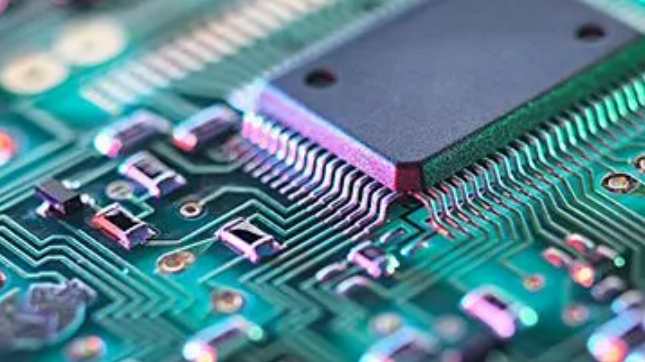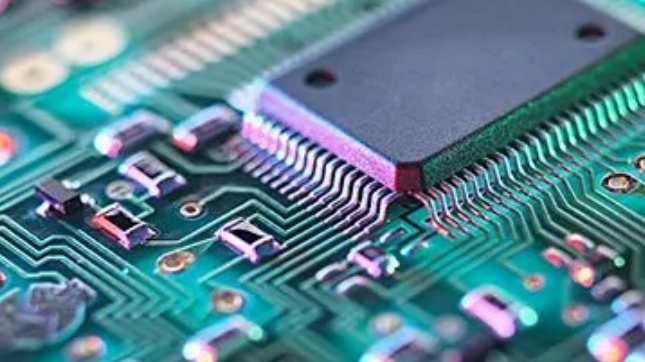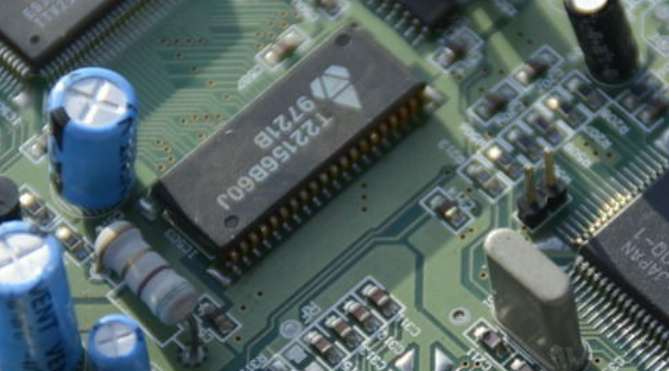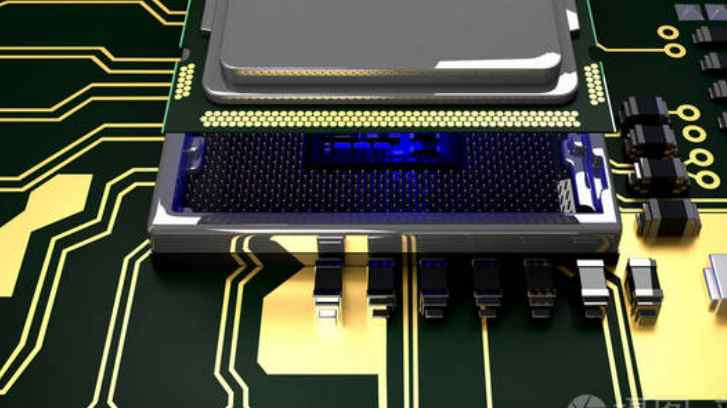
In the future of 5G mobile phone era, in addition to a new wave of machine replacement is expected to be set off, what will be the new demand for printed circuit boards in 5G mobile phones? With the increase of 5G high frequency, high speed, heat dissipation and other demands, new output value contribution can be created for hard board, soft board or materials. 5G phones will also bring new opportunities to the printed circuit board market, as Chinese mobile phone giants ZTE and Huawei announced in August that the first 5G phones will be officially sold.
5G mobile phones will hit the market in 2020, accounting for 7% of smartphones in 2020
According to market research center Gartner, 5G smartphone sales will still be a minority in 2019, and the overall market will not start to climb until the second half of 2020. 5G smartphone sales in 2019 will exceed 15 million units, accounting for less than 1% of the total smartphone sales in 2019. Just started the first 5G smartphone layout, including LG V50 ThinQ, OPPO Reno 5G, Samsung Galaxy S10 5G, and Xiaomi Mi MIX 3 5G.
In addition, analysts expect Apple's first 5G-capable iPhone model to be available in 2020, which should entice iPhone users to upgrade.
IDC, on the other hand, estimates that 5G phones will account for 7% (212 million) of smartphone shipments in 2020 and 18% by 2022.
5G mobile phones increase the new demand for soft boards
With the advent of 5G mobile phones, the most direct contribution to the printed circuit board industry is the softboard industry, which needs to increase the demand for the softboard of mobile antenna. The iPhone released this year is the type of pre 5G, and the frequency of mobile phones should be reduced to below 10GHz, so as to abandon the LCP (liquid crystal polymer, liquid crystal polymer, liquid crystal polymer, liquid crystal polymer, liquid crystal polymer, liquid crystal polymer, liquid crystal polymer, liquid crystal polymer, liquid crystal polymer, liquid crystal polymer, liquid crystal polymer, liquid crystal polymer, liquid crystal polymer, Liquid Crystal Polymer) materials, this year's iPhone antenna softboard material is taken as the main material of MPI (Modified Polyimide), which has lower cost and does not perform as LCP material in 4G/LTE band. The main suppliers are Zhending-KY and Taijun.
On the other hand, due to the more complex design of the new antenna soft board, integration degree is high, so ASP generally improved, it will help manufacturers' gross profit margin.
But that does not mean that the MPI material is the future of mobile phone mainstream, LCP solve production problems, because the LCP has good hygroscopicity and in more than 10 GHZ frequency band will be a good wear performance, the current material supply main problem and fragile in the production process of problem solving, Most players are still optimistic about the future role of LCP in 5G antenna soft panels, and most of them are currently studying the layout of MPI, LCP and even other new materials, so as not to miss out on business opportunities.
On-board penetration is expected to increase with 5G phones
In addition to the soft board is directly due to the enlarged demand of 5G mobile phones, in the part like the load board, it is also possible to increase the penetration rate under the advent of 5G mobile phone era. 5G smart phones consume a lot of power, and the biggest advantage of the load-like board is the reduction of line width and line distance, which can save the space in the phone and increase the capacity of the battery. In the era of 5G mobile phones, the design of the load-like board will have a relative advantage.
Class boards have been introduced into Apple-related devices since 2017, including iWatch, iPhone, etc. Then Samsung also began to adopt relevant technologies, and Chinese factories finally followed suit. Currently, advanced models including Huawei also began to import class boards.
After some reshuffling, there are still several manufacturers of the similar carrier board. The new iPhone, which will be launched in the second half of this year, has been won by Zhending-KY and Nippon, while Xinxing and Huatong in Taiwan continue to lay out, and Jingshuo gradually reduces the proportion of investment.
How to see the PCB circuit board in the corner of the problem and the situation
I think you should know something about it, in fact, the production and design of PCB circuit board is a meticulous work, a little mistake will bring unnecessary trouble to the future electronic products. For example, the PCB circuit board is faulty in the corner. The following is a detailed analysis of the pcb circuit board in the corner of the wiring problem:
Ply: 2 ply Thickness: 1.6mm Line width/line distance: 0.8mm/0.3mm Material: FR4 Copper Thickness: 1oz Aperture: 0.6mm Process: There is wiring on both sides of Double-Sided Boards. But to use both wires, there must be a proper circuit connection between the two sides. This "bridge" between circuits is called a pilot hole (via). A pilot hole is a small hole in a PCB filled with or coated with metal that can be connected to wires on both sides. Because the area of a dual panel is twice as large as that of a single panel, and because the wiring can be interleaved (it can go around to the other side), it is better suited for more complex circuits than a single panel.

PCB circuit board manufacturing design when fully consider his beauty. When the circuit board corner routing, to have a form of choice, the design needs to set the circuit PCB circuit board corner routing form corner mode. You can choose 45°, 90°, or arc. Generally do not use sharp corners, it is best to use arc transition or 45° transition, avoid using 90° or more sharp corner transition.
Whether it's PCB circuit board or circuit board, "aluminum base circuit board, single sided circuit board, they all have a common name, that is circuit board or circuit board. When designing these circuit boards, we should pay attention to them, and every step of care will be confused by a small nub on its body. Therefore, Jinzhanli Technology also strives for perfection in this aspect of circuit. In the process of manufacturing PCB circuit boards, it can make it both lightweight and good performance.
When the wire of the PCB circuit board passes between two pads and is not connected with them, it should maintain the maximum and equal spacing with them. Similarly, when the wire and the conductor of the wire pass between two pads and is not connected with them, it should maintain the maximum and equal spacing with them, and the spacing between them should also be evenly equal and maintain the maximum. The connection between the wire and the pad should also be as smooth as possible to avoid small pointy feet, which can be solved by the method of filling tears. When the center distance between pads is less than the outer diameter D of a pad, the width of the wire can be the same as the diameter of the pad; If the center distance between pads is greater than D, the width of the wire should not be greater than the diameter of the pads.









